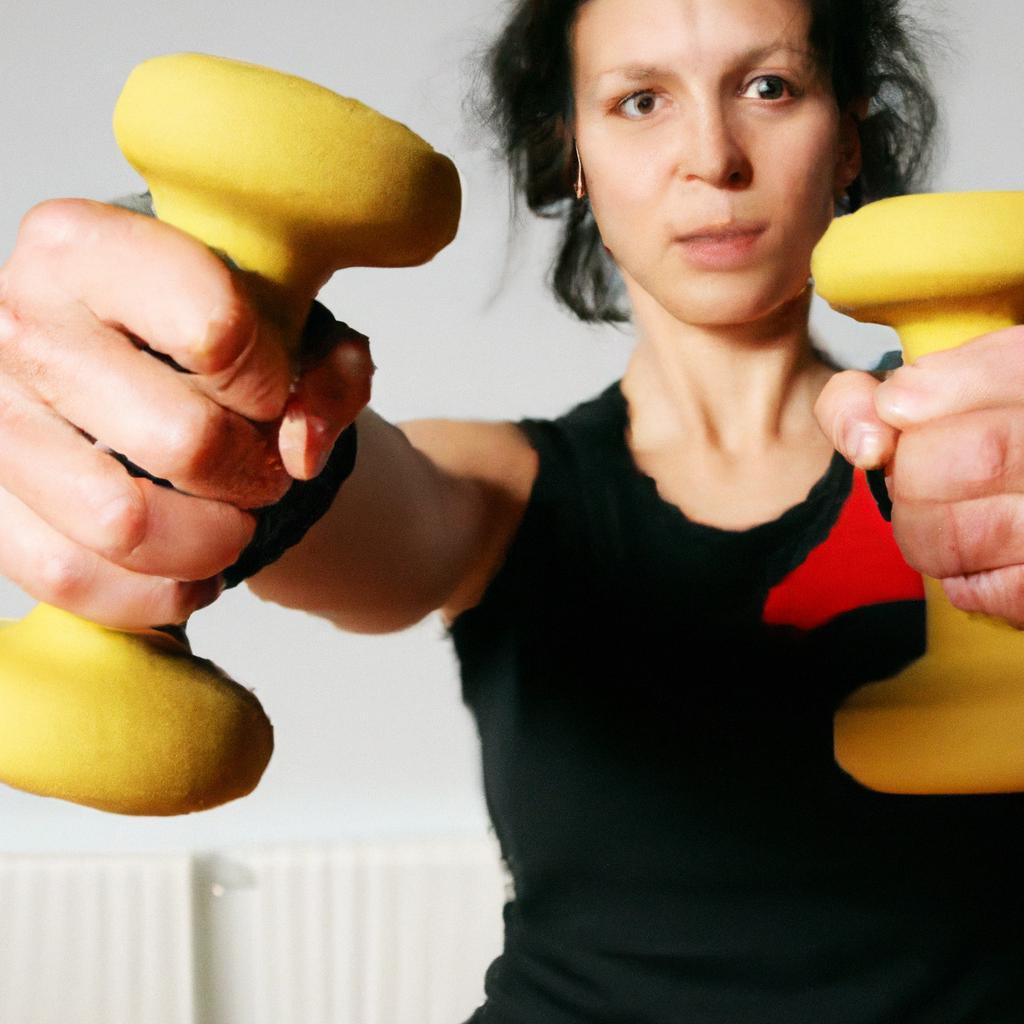
Setting Realistic Fitness Goals: A Guide for Beginners
Embarking on a fitness journey can be both thrilling and intimidating, especially for beginners. Setting realistic fitness goals is the key to ensuring long-term success and staying motivated along the way. In this guide, we will walk you through the process of setting achievable goals that will help you on your path to a healthier and stronger you. Let’s dive in and start this exciting journey together!
Table of Contents
- Establishing Clear Objectives
- Understanding Your Current Fitness Level
- Creating a Realistic Timeline
- Setting Achievable Milestones
- Q&A
- To Wrap It Up
Establishing Clear Objectives
When embarking on a fitness journey as a beginner, it is crucial to establish clear objectives to set yourself up for success. Setting realistic fitness goals will not only help you stay motivated, but it will also enable you to track your progress effectively. One way to set clear objectives is to first identify what you want to achieve from your fitness journey. Whether it’s losing weight, gaining muscle, or improving overall health, having a specific goal in mind will give you direction and purpose.
Another important aspect of is to make sure your goals are measurable and attainable. Setting vague goals such as “getting in shape” can be overwhelming and difficult to track. Instead, break down your objectives into smaller, achievable milestones. For example, instead of aiming to “lose weight,” you could set a goal to “lose 10 pounds in three months.” This way, you can celebrate your progress along the way and stay motivated to reach your ultimate fitness goals. Remember, setting realistic fitness goals is all about setting yourself up for success.
Understanding Your Current Fitness Level
Before embarking on your fitness journey, it is crucial to have a clear understanding of your current fitness level. This will help you set realistic goals that are achievable and sustainable in the long run. Take the time to assess your strengths and weaknesses in terms of cardiovascular endurance, strength, flexibility, and overall physical health.
One way to assess your current fitness level is by performing simple fitness tests such as the plank test, push-up test, and a one-mile run. These tests can provide valuable insights into your baseline fitness level and help you track your progress over time. Additionally, consider consulting with a fitness professional or using online resources to get a more comprehensive evaluation of your current fitness status.
Creating a Realistic Timeline
One of the most important aspects of setting fitness goals is . It’s important to remember that progress takes time, and rushing into too many changes at once can often lead to burnout or injury. By setting achievable milestones along the way, you can keep yourself motivated and on track towards reaching your ultimate goal.
When creating a timeline for your fitness journey, consider factors such as your current fitness level, lifestyle, and any potential barriers that may arise. Be sure to break down your larger goal into smaller, more manageable steps that you can work towards each week or month. This will not only help you stay focused and accountable, but also allow you to celebrate your progress along the way. Remember, slow and steady wins the race when it comes to achieving lasting results.
Setting Achievable Milestones
When it comes to in your fitness journey, it’s important to start small and gradually increase the intensity. Begin by setting short-term goals that are realistic and attainable. For example, aim to work out three times a week for the first month, then increase to four times a week the following month. This gradual progression will help you build momentum and stay motivated.
Another key aspect of is to be specific about what you want to achieve. Instead of saying you want to “get fit,” set specific goals such as losing 5 pounds in a month or being able to run a mile without stopping. By setting concrete goals, you’ll have a clear target to work towards. Remember to also track your progress regularly and celebrate small victories along the way. This will keep you motivated and on track towards achieving your ultimate fitness goals.
Q&A
Q: Why is setting realistic fitness goals important for beginners?
A: Setting realistic fitness goals is important for beginners because it helps them stay motivated and avoid burnout.
Q: How can beginners determine what realistic fitness goals are for them?
A: Beginners can determine realistic fitness goals by assessing their current fitness level, taking into account any physical limitations, and considering their lifestyle and schedule.
Q: What are some examples of realistic fitness goals for beginners?
A: Examples of realistic fitness goals for beginners include walking for 30 minutes three times a week, doing bodyweight exercises for 20 minutes every day, or running a 5k in three months.
Q: How can beginners track their progress towards their fitness goals?
A: Beginners can track their progress towards their fitness goals by keeping a workout journal, using a fitness app, or scheduling regular check-ins with a fitness coach.
Q: What should beginners do if they don’t reach their fitness goals?
A: If beginners don’t reach their fitness goals, they should reassess their goals, adjust their workout routine, and seek support from a fitness professional or counselor.
Q: How can beginners celebrate reaching their fitness goals?
A: Beginners can celebrate reaching their fitness goals by treating themselves to a healthy meal, buying new workout gear, or sharing their success with friends and family.
To Wrap It Up
setting realistic fitness goals is a crucial step in embarking on your health and wellness journey. By following the tips and strategies outlined in this guide, beginners can build a solid foundation for success and achieve long-lasting results. Remember, progress takes time and patience, so be kind to yourself and celebrate your victories along the way. Here’s to a healthier, happier you!

